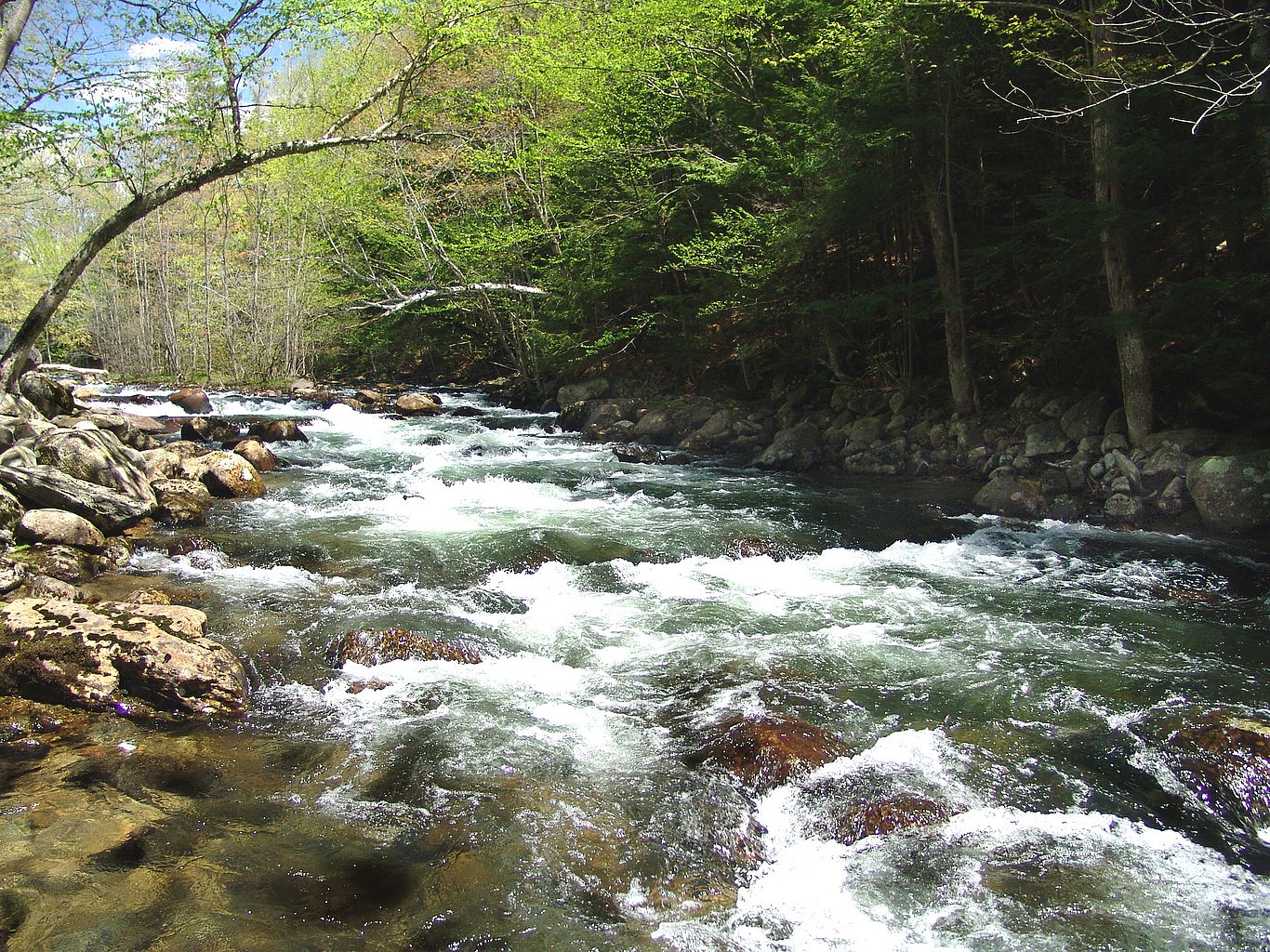
Stormwater Management
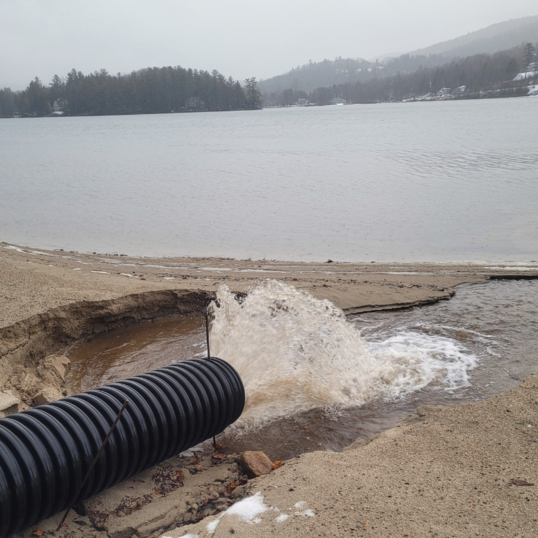
What is stormwater?
In a field or forest, rainwater and snowmelt soak into the ground. But in areas with lots of roads, roofs, and lawns, the water doesn’t have a chance to soak in. Instead, it collects as runoff and finds its way into ditches and culverts that lead to Newfound Lake.
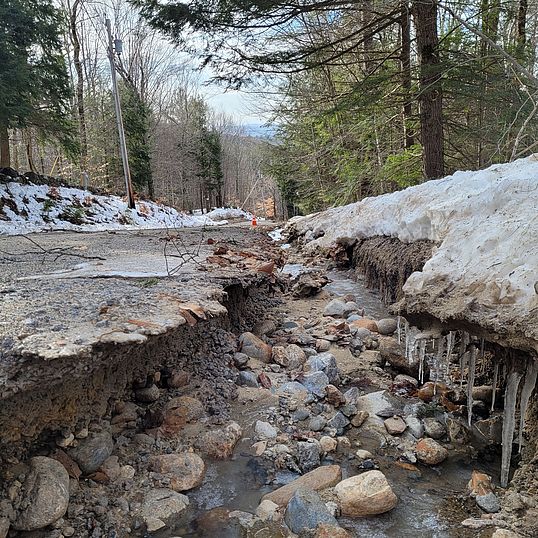
Why is it such a big deal?
Along the way to Newfound Lake, stormwater picks up contaminants that pollute freshwater and spur the growth of harmful algae and bacteria. During intense periods of rain or melt, the water can overwhelm stormwater systems, damaging property and infrastructure. Washouts do more than create a headache for property owners and road managers—the sediment that washes out of roads and into the lake is Newfound’s biggest pollution problem.
Working to control stormwater is a win-win for watershed residents and the environment.
Stopping Stormwater Pollution
NLRA partners with homeowners, municipalities, and state agencies to combat stormwater through multiple approaches on projects both large and small.
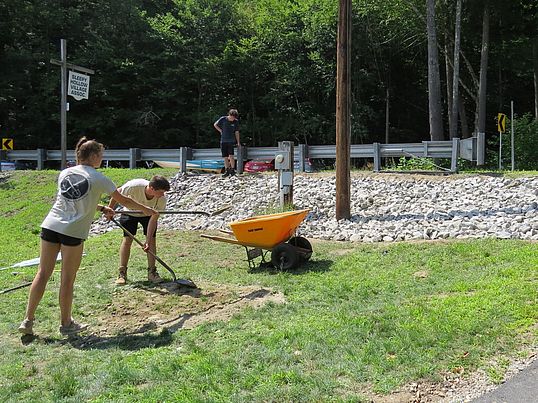
Small-Scale Stormwater Solutions
Stormwater runoff starts at home. We all have a role to play in addressing Newfound's biggest threat. NLRA offers stormwater services to support watershed property owners, businesses, homeowner associations and road associations working to limit their stormwater contribution. These projects have measurable outcomes for the health of Newfound Lake.
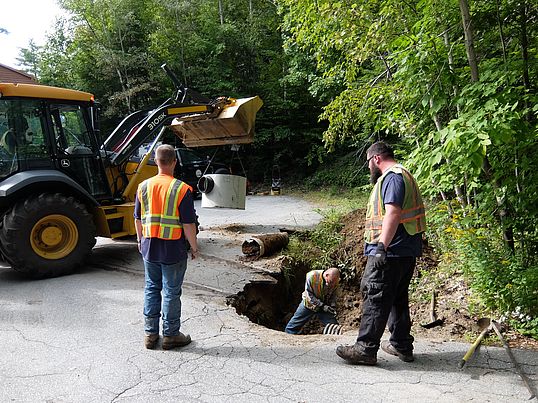
Large-Scale Partnerships
The Newfound Lake Watershed Management Plan guides large municipal projects targeting major pollution sources. NLRA partners with watershed municipalities to assess major sources of stormwater pollution, develop actionable projects, and connect towns to state and federal resources. Since the beginning of that Watershed Management Plan in 2009, these partnerships actively prevent hundreds of thousands of pounds of sediment from reaching Newfound Lake each year.
Key Stormwater Contaminants and Impacts
Phosphorus
Phosphorus fuels the growth of plants and algae in lakes. Even a small increase can trigger big changes that harm water quality. Phosphorus occurs naturally in soil and is also an ingredient in some fertilizers and detergents. To protect Newfound, it’s important to prevent erosion and choose phosphate-free fertilizers, detergents, and household products.
Household Chemicals
Household chemicals ranging from pesticides to solvents to petroleum products can quickly make their way from developed areas to surface waters. Limit the use of chemical pesticides, never dump chemicals down the drain, and clean up spills immediately.
Temperature
Summer runoff from roofs and roads can be as much as 40°F warmer than the temperature of nearby surface water. When warm stormwater reaches the lake it creates conditions that favor algae and impact Newfound's coldwater fish populations.
Road Salt
Chloride from road salt and water softeners stays in the environment for a long time and can be toxic to aquatic life. You can protect the environment and maintain safe pathways and roadways by using road salt correctly and sparingly. Road salt is only effective when temperatures are above 15° F, and a 12-ounce mug of salt is enough to treat 20 feet of driveway.
Here’s What You Can Do
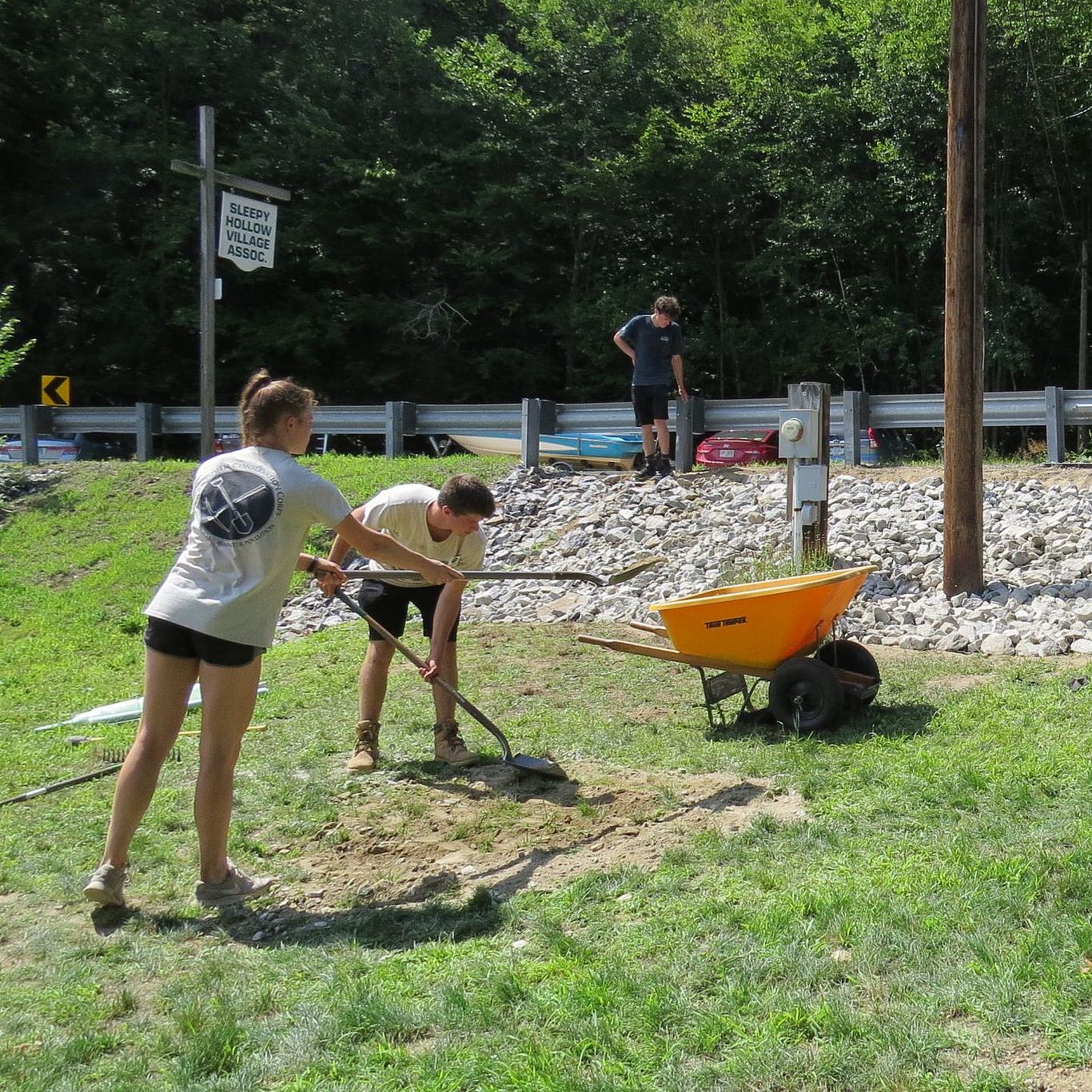
Complete a Stormwater Assessment
If you own property in the Newfound Watershed, call NLRA for a free stormwater assessment.
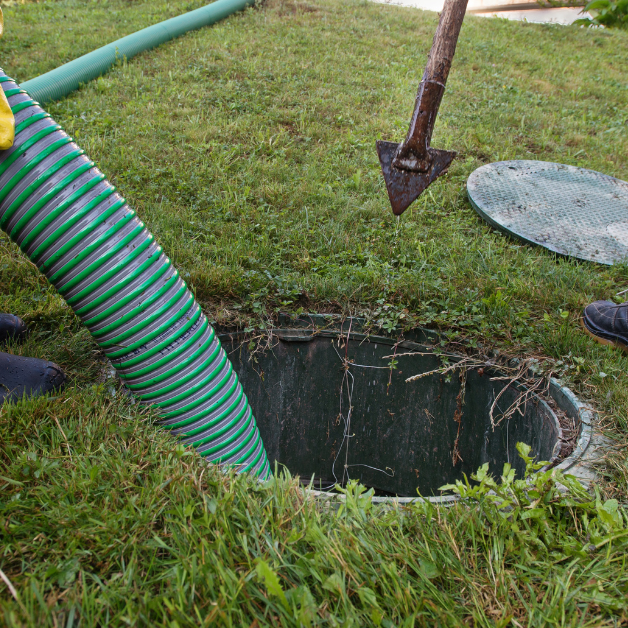
Pump your Septic System
Regular septic maintenance reduces wastewater contamination in surface water and drinking water.
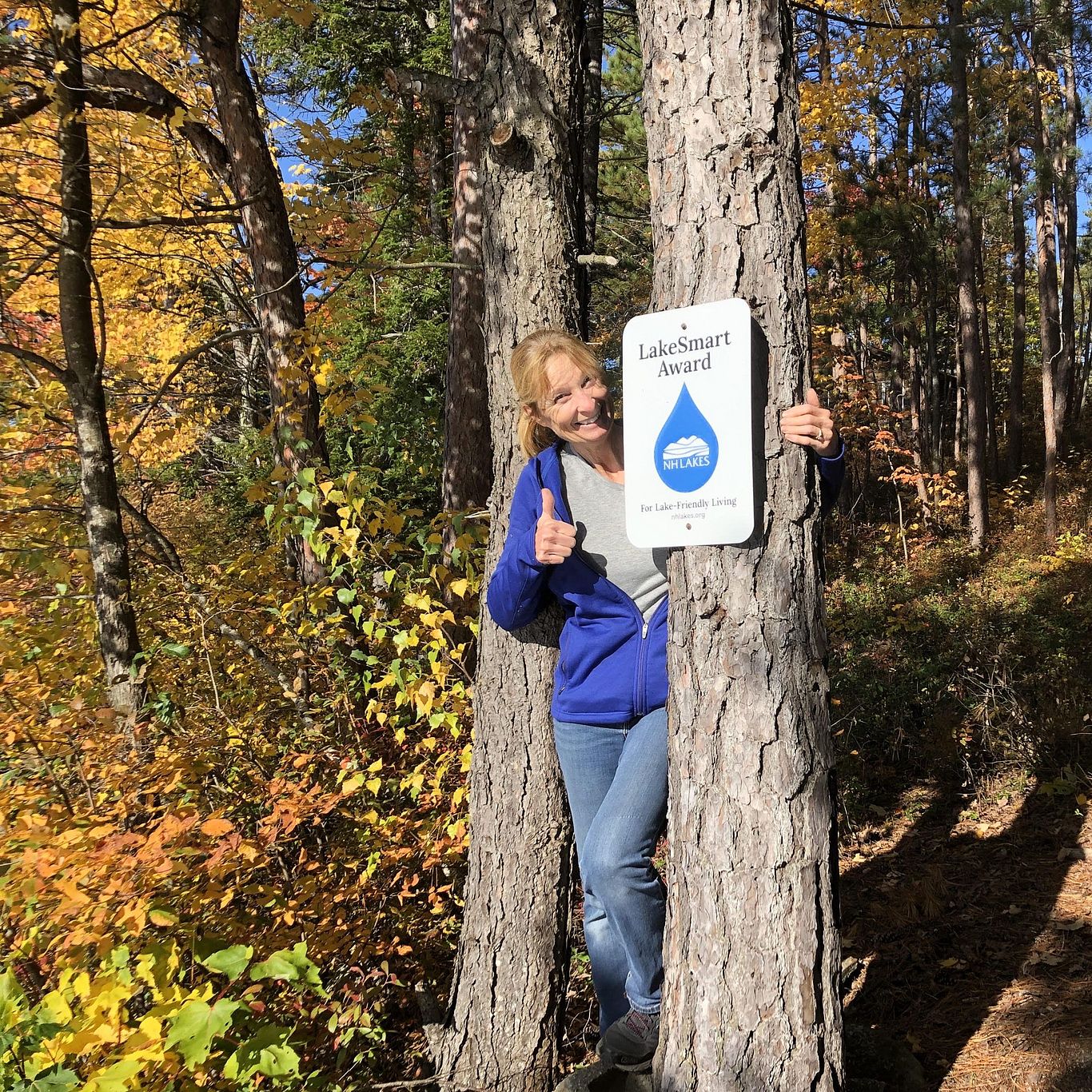
Get LakeSmart
Through our partner NH LAKES, you can register for LakeSmart, a free evaluation process to determine how lake-friendly your property and activities are.
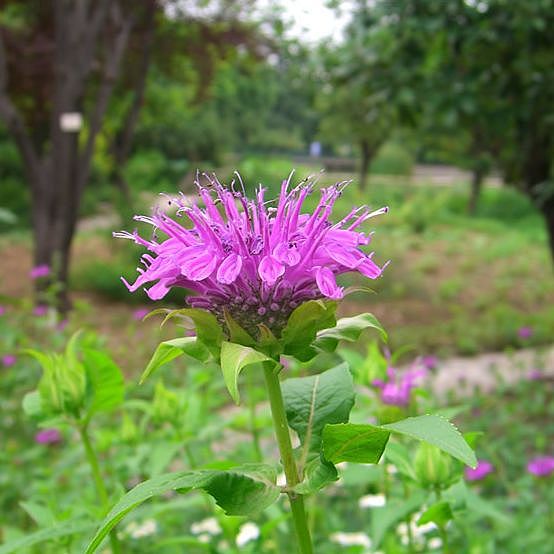
Plant a Garden
Lawns are a source of stormwater runoff, while gardens soak up stormwater. Choose native plants for the best benefits to the environment.
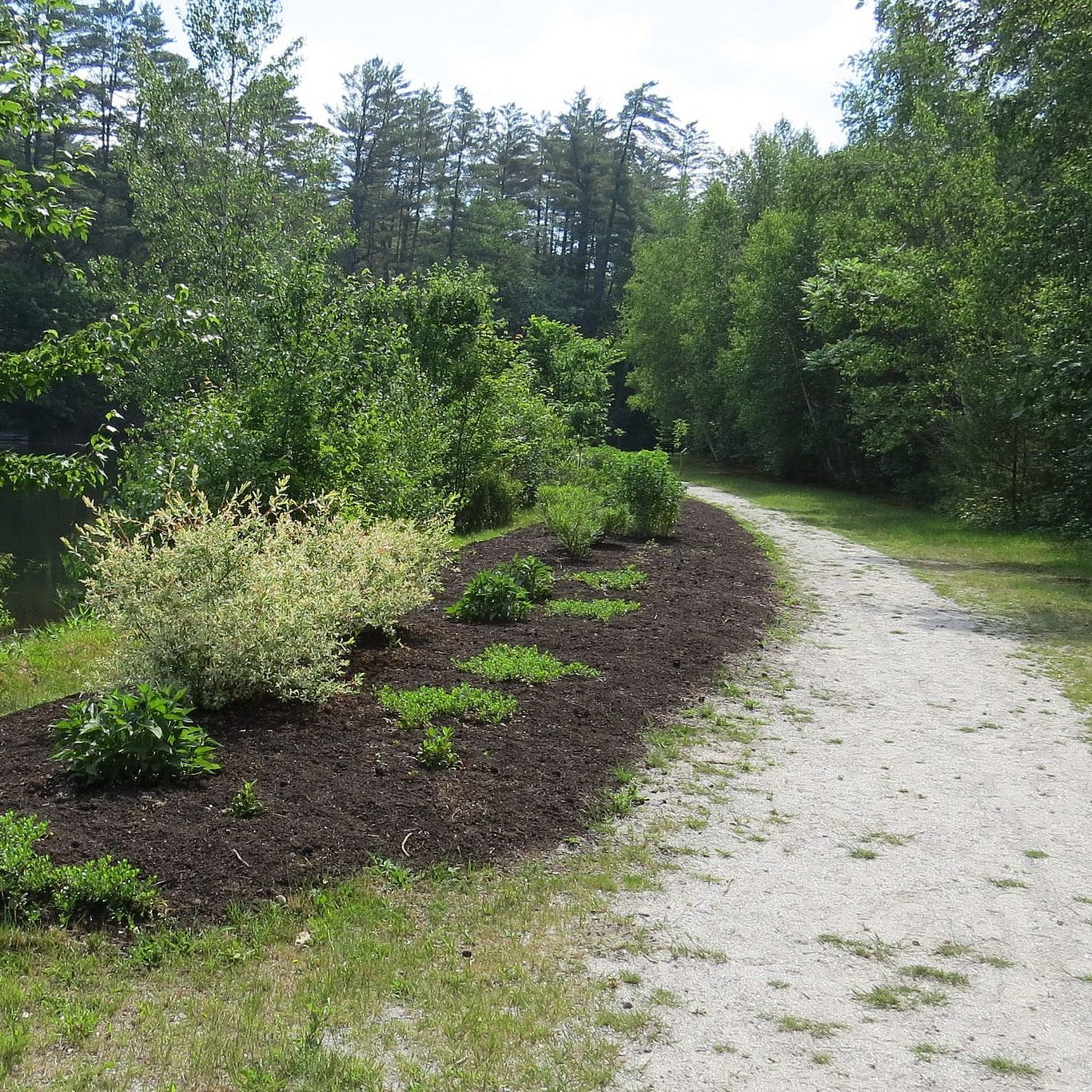
Maintain a Vegetated Buffer
A natural buffer of plants between your property and the nearest waterway soaks up runoff and stops pollution.
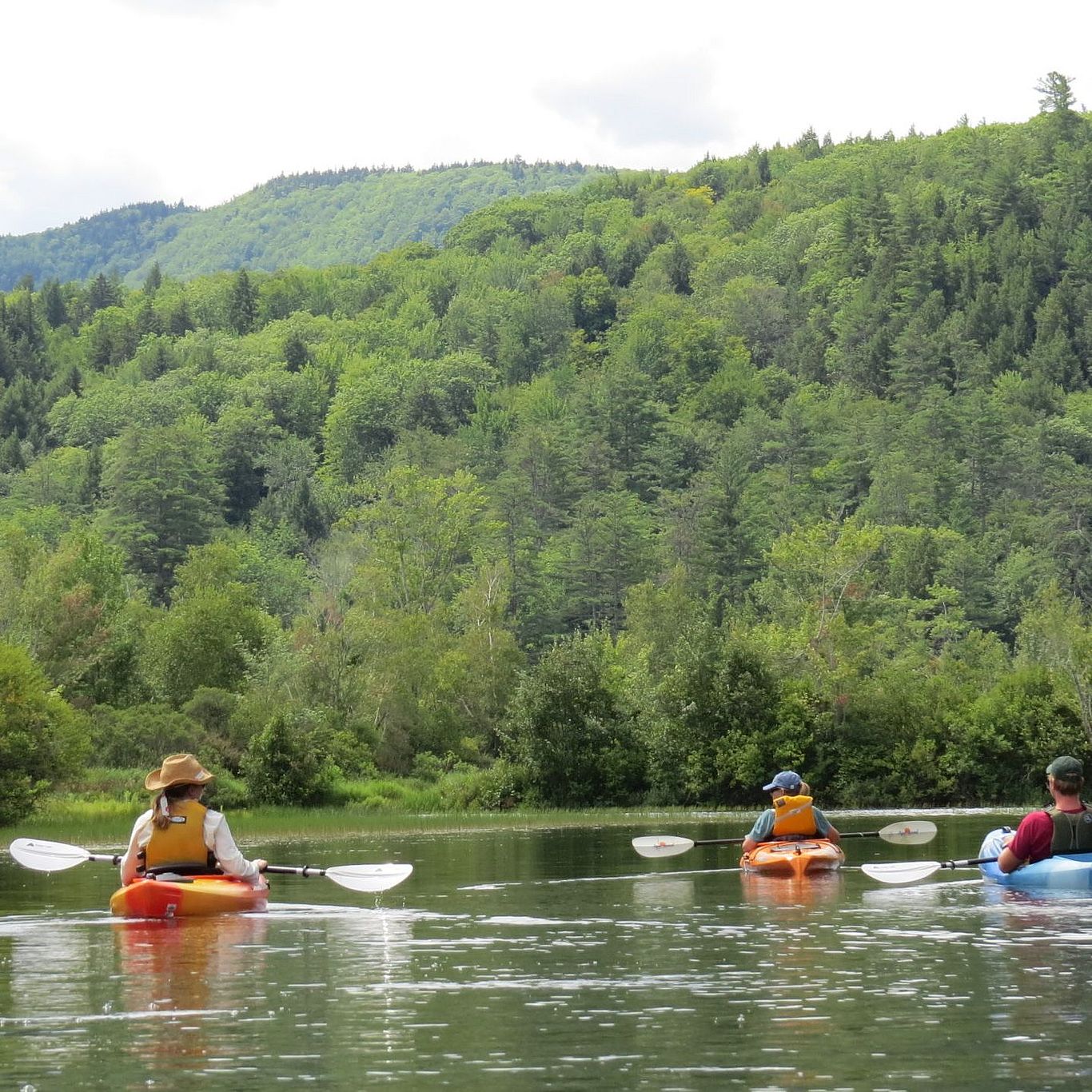
Support NLRA!
NLRA works year-round to protect Newfound from stormwater and other threats. You can support our efforts by becoming a member.